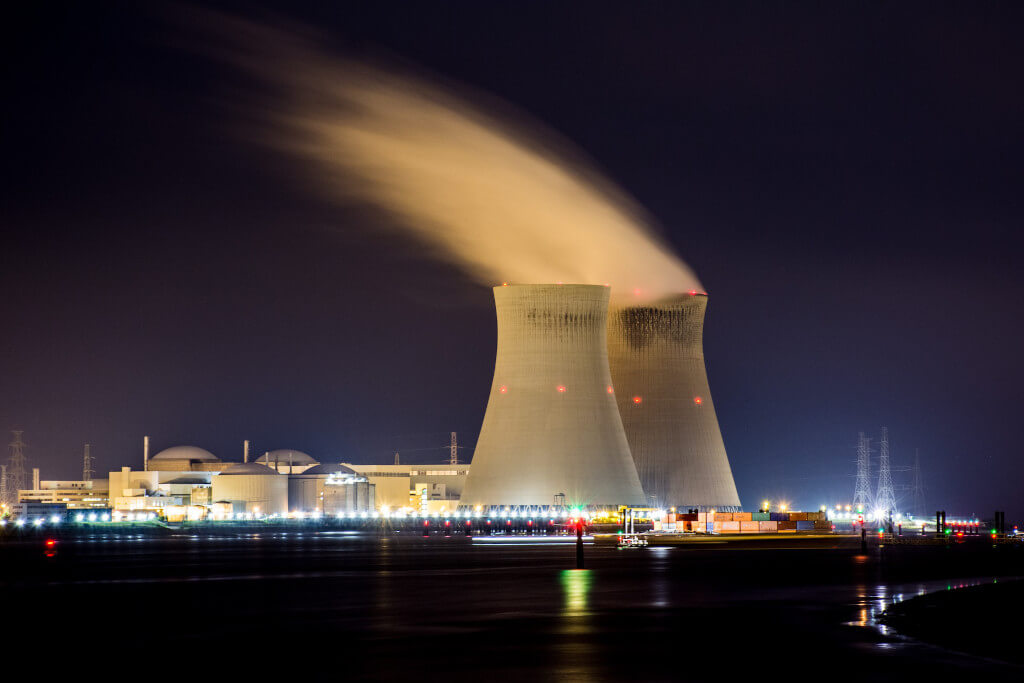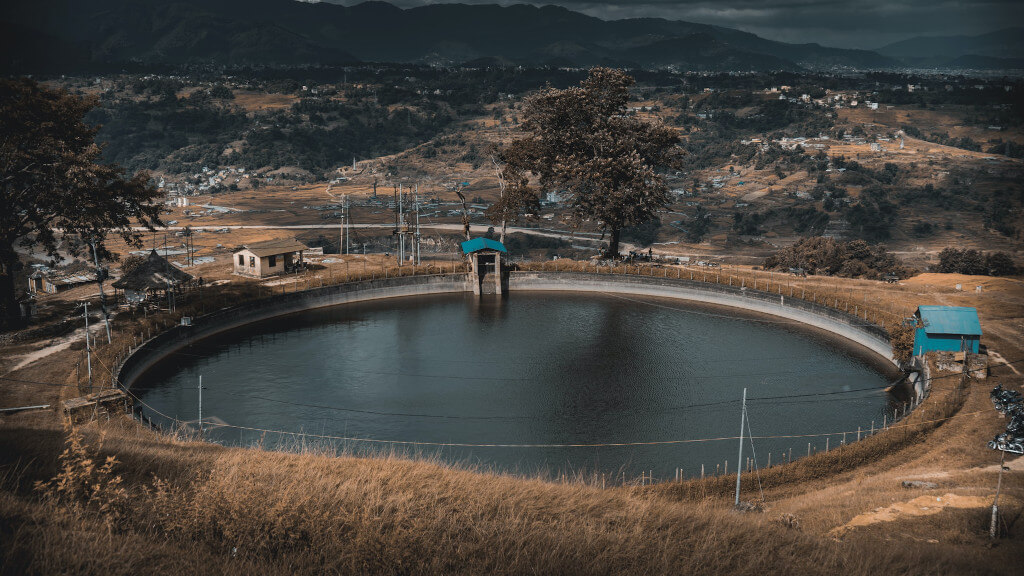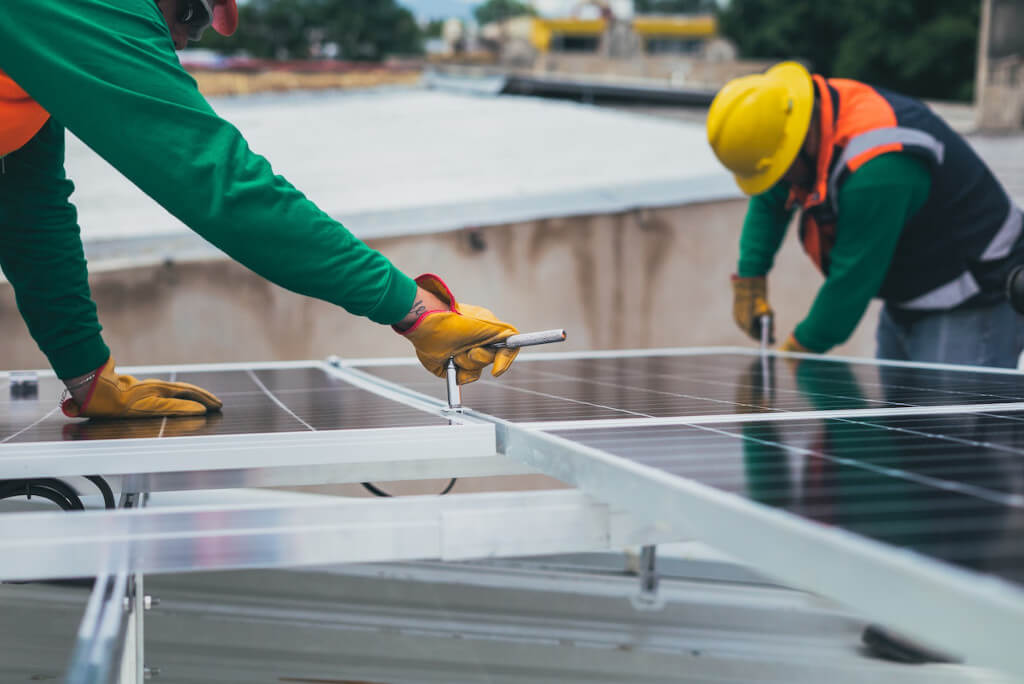What buildings use a lot of energy? Large commercial buildings like factories, offices, warehouses, hospitals, and shopping malls use a lot of energy due to their size and function.
Saving energy in commercial buildings isn’t as costly as you might think. This blog discusses the best ways to save energy in your business and how to prevent unnecessary energy loss.
Verify that equipment works as intended.
Inspect all equipment and controls regularly to ensure proper operation. Verify energy management system (EMS) programming for optimal operation.
These upgrades significantly reduce energy consumption and provide returns on investment that paying energy bills cannot. Adding solar panels or switching to LED lighting also helps reduce a company’s carbon footprint and makes it more eco-friendly.
Ways to save energy at work
There are several simple ways to reduce commercial energy consumption. These steps can help reduce energy costs and contribute to a greener planet.
Smart Thermostat
A programmable thermostat can set the temperature during business hours and change it after everyone has left. Consider raising the temperature of the workspace during the summer and decreasing it during the winter. A programmable thermostat can save up to 30% on heating and cooling costs.
Activate tenant equipment. During off-hours, turn off copiers, kitchen equipment, and task lights. Turn off coffee pots, kitchen equipment, and individual office lights with cleaning and security personnel.
Observe usage after-hours Ask tenants if they are using their spaces during the required lease hours. Adapt building hours to tenant usage.
Install power-monitoring software. Every year, over $1 billion worth of electricity is wasted in the US due to faulty computer monitors. Install power-management software for computer monitors, CPUs, and hard drives to avoid these wastes.
Seal Windows and Doors
In the winter, heat escapes through cracks. Weatherize commercial building doors and windows to reduce HVAC energy loss. Weatherstripping around a frame can help keep indoor and outdoor temperatures separate.
After cleaning and drying the doors and windows, the strips can be applied. The material should compress when the door or window closes. Weatherstripping reduces HVAC run times, lowering utility costs.
LEDs
A few light bulbs may not seem like much, but when you have to maintain an entire building, it adds up. LED bulbs last longer and use a quarter of the energy that regular bulbs do.
If you still use incandescent bulbs, it’s time to upgrade to LEDs. These energy-saving bulbs use less electricity and last longer than standard bulbs. Installing new LED bulbs today can save money over 4 years.
LED lights also emit less heat, reducing the need for air conditioning. They require less frequent replacement, so diverting maintenance services to more critical areas saves money.
Today’s commercial buildings have huge energy-saving potential. This is especially true when looking at wasted energy and how smarter buildings can reduce it.
Building owners and managers who use the latest building automation and management systems save huge amounts of energy in HVAC, lighting, and operations.
Commercial buildings use a lot of energy. Any business, big or small, can save money by making a few energy-saving changes.




